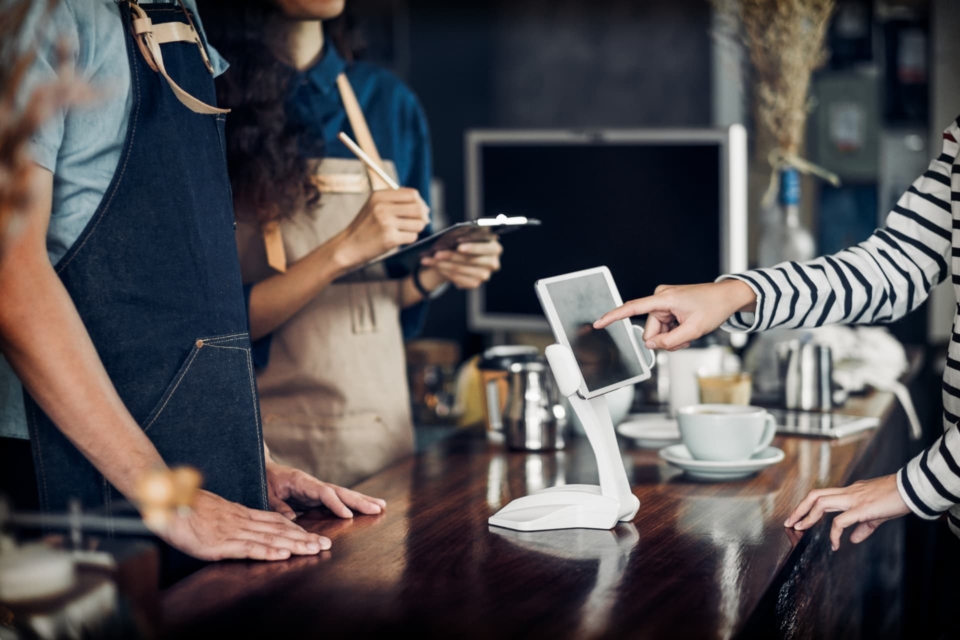Constructing the future vision for onboarding
Upon completion of the research, we facilitated analysis and synthesis sessions with the researchers. Through this process we found some hypotheses to be correct and even more urgent than expected, some to be false assumptions, and some new opportunities. Synthesis was conducted onsite at the client’s office. We developed several artifacts to help facilitate, the vision work that was to follow. These artifacts included a detailed experience map, a first iteration of the future-state moment architecture, and research-based customer profiles to ground discussions during activities.
The vision workshop was conducted in two parts. First, a group comprised of leadership and stakeholders worked to define a strategic vision for onboarding. Following this, a group including additional front and backstage employees collaborated to operationalize the vision.
From these activities and ongoing meetings and work sessions that continued after the workshop, the team compiled a series of key recommendations to improve the customer onboarding journey, provide a flexible and scalable range of options at each moment during the journey, increase efficiencies, and reduce costs for the business.
What’s a moment?
Journeys unfold in a series of moments. A moment (e.g., checking in for a flight) can include one or more touchpoints and take place in one or more channels. Each moment offers an opportunity to create functional and emotional value for customers and staff.
